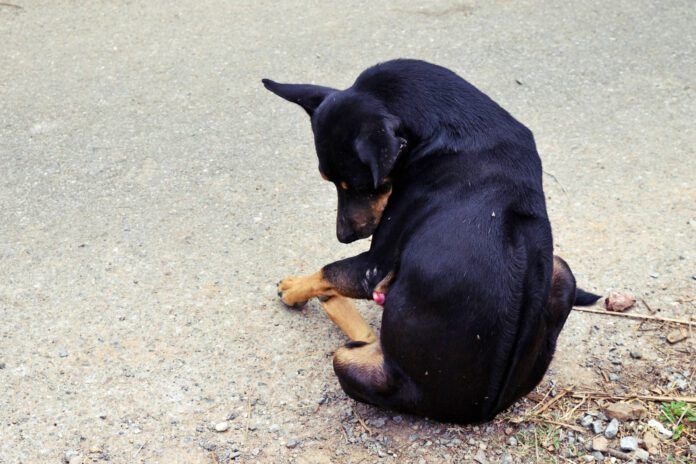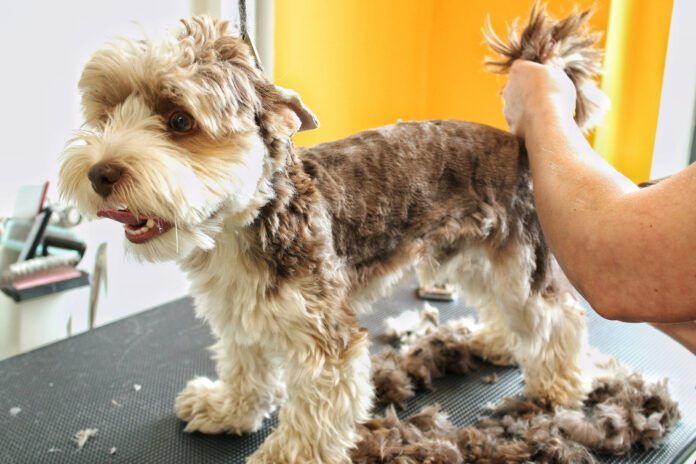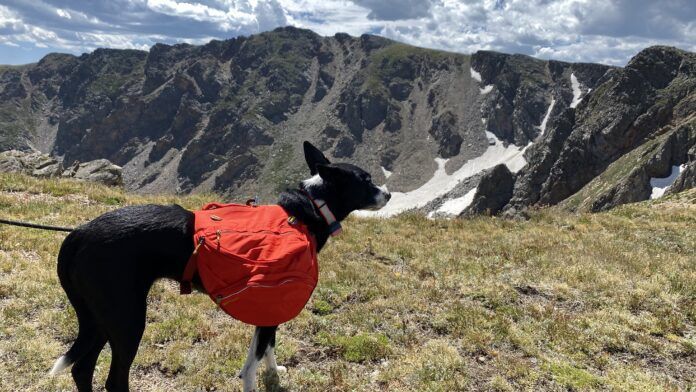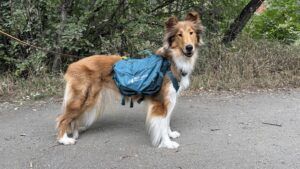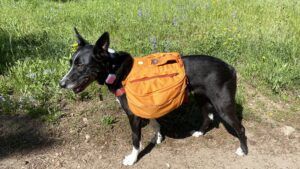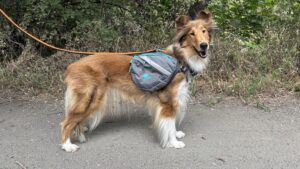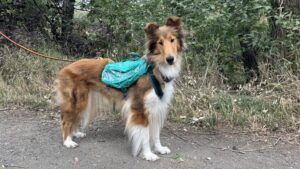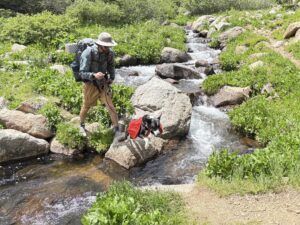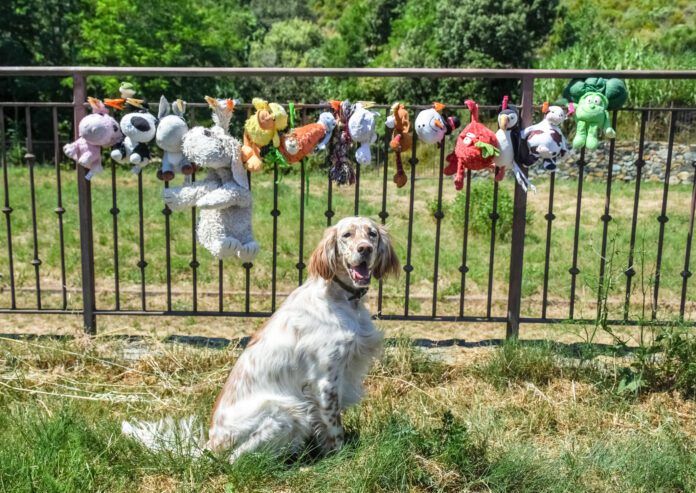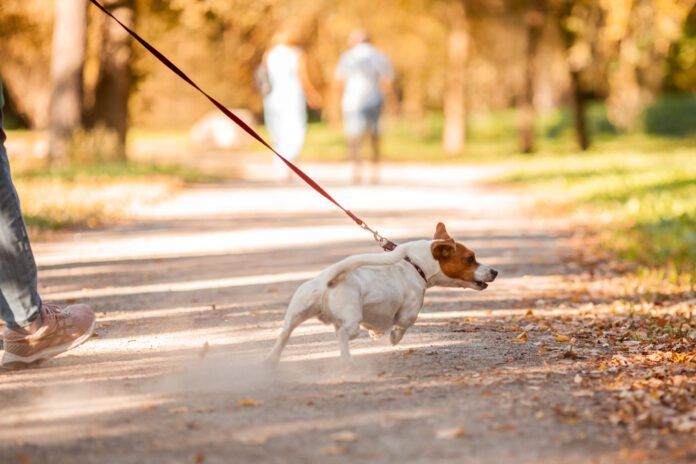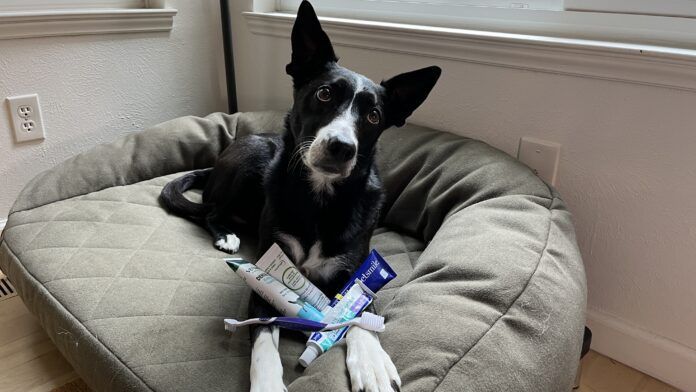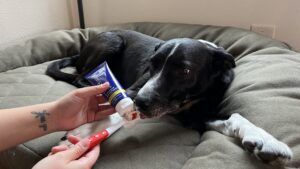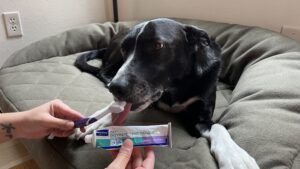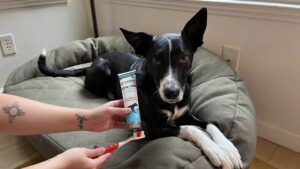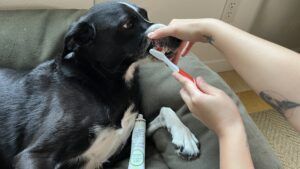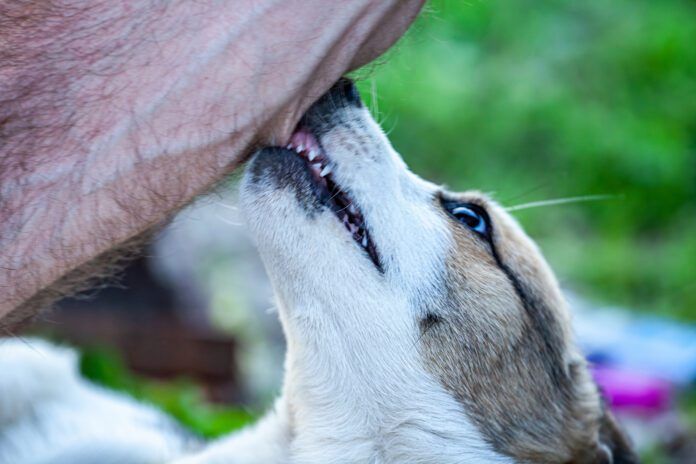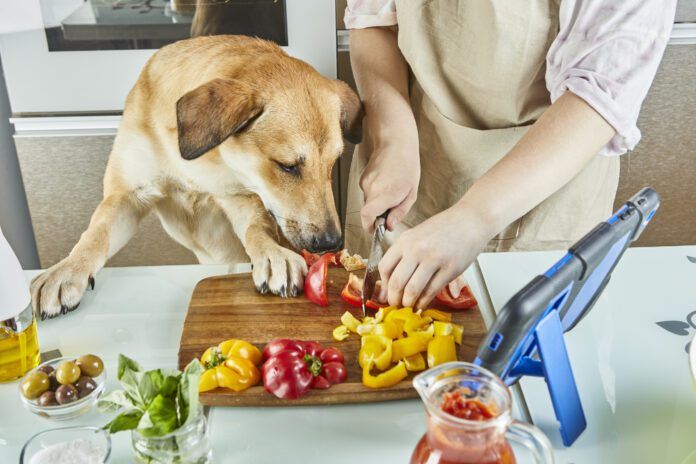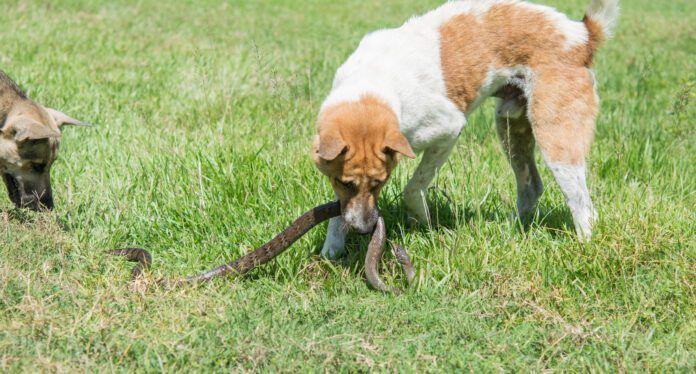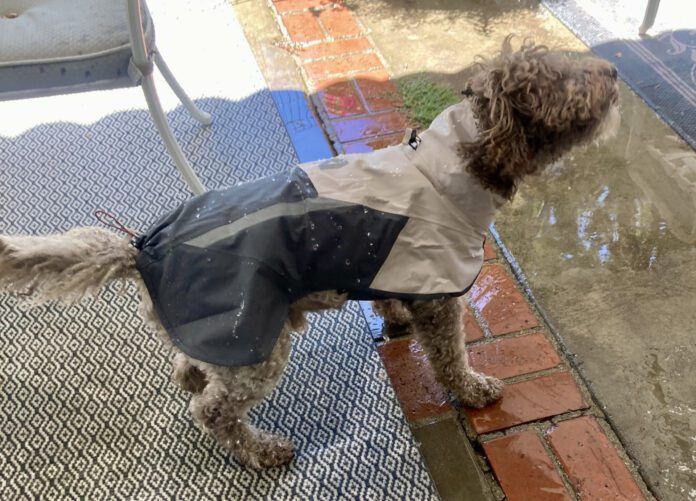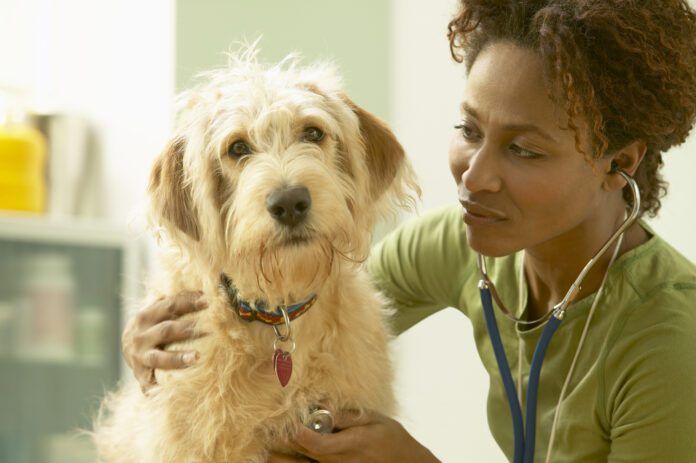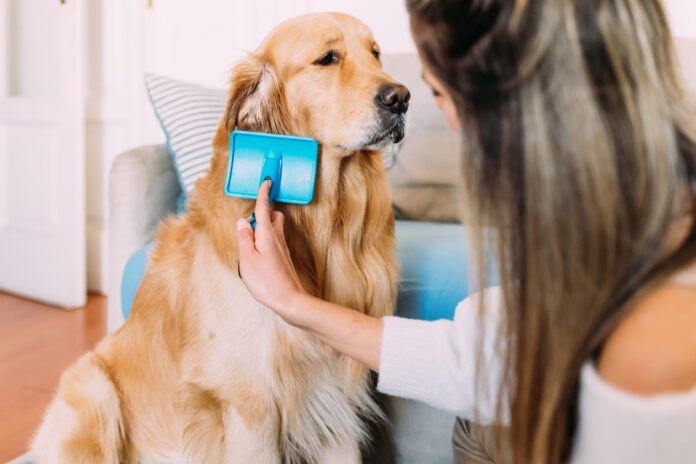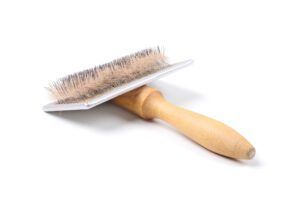Normally, a dog’s penis is safely tucked inside the preputial sheath of haired skin that covers it. If a dog cannot retract his erect penis into the sheath, it is called paraphimosis. You may hear this colloquially referred as to “red rocket out,” or “lipstick showing,” or “red rocket dog.” No matter what you call it, it is not a normal state.
A dog’s penis is covered with moist, sensitive tissue. If it dries out, tissues may die. The tissues are not strong and may easily get cut or torn. The penis will normally stay outside the sheath and visible after a breeding or semen collection but should return to its normal location in 30 minutes or less. Some dogs may take longer but certainly not more than an hour.
While you don’t need to make a dash to the vet clinic with sirens blaring, this condition needs to a veterinary evaluation, especially if it continues for more than an hour or two.
Some breeds appear to have a predisposition to paraphimosis, including Bouvier des Flandres, German Shepherd Dogs, Golden Retrievers, and Labrador Retrievers.
How to Fix Paraphimosis in Dogs at Home
If you catch the problem early, applying a cold compress can help to shrink an enlarged penis. Fans of the TV show “All Creatures Great and Small” may remember that you can try sprinkling sugar on the swollen penis. The osmotic pull of the sugar helps to reduce the swelling, allowing the penis to be retracted. These simple steps may work for a mild case, caught early on with no complicating factors.
However, despite these attempts, the penis may become or stay swollen, which will exacerbate the problem as the penis may no longer fit back into the sheath. In addition, as the tissues dry, there is more friction created when your dog tries to retract his penis, so he may stop trying. It hurts! The dry tissue may also pull the haired skin around the orifice in with it, again causing a stop to retraction.
You might notice your dog licking his sheath area obsessively, walking with a hunched back, whimpering, or having trouble urinating. Left outside, the tissues will dry and become friable. You may see the penis change from a deep pink color to blue or black as the tissues become oxygen deprived and die. At this point, it is a dash to the emergency clinic situation!
What Causes Paraphimosis in Dogs
Why would your dog extrude his penis and leave it? There are numerous reasons. A young male who is sexually excited may not “think” to retract his erection when it settles. Again, after an hour, everything should be normal (preferably within 30 minutes). If not, call your veterinarian.
If the preputial orifice is tight, your dog may find it uncomfortable to pull his penis back in. He pushed it out in the heat of the moment, but now he has calmed down and finds it uncomfortable. This could require minor surgery to open the end of the sheath for a permanent solution.
The big concerns are anything that might constrict blood flow to the penis. A foreign body caught in the sheath could block the return of the penis. Plant material, especially in the fall and during a dry spell, is not uncommon. An unusual situation would involve any skin growth or small tumor on the penis, but it happens. My sister’s German Shepherd Dog had a small wartlike growth on her dog’s penis, which prevented it from returning all the way into the sheath. Surgical removal was required.
Any trauma to the penis, especially if it occurs while it is extended, can result in swelling that prevents return to the sheath. Extensive trauma may require surgery. Keeping the extruded penis lubricated may prevent more damage while it heals with eventual ability to retract it fully.
Any infection in the sheath could lead to the penis being swollen and sore, with your dog resisting retraction. Being outside in cold temperatures with a penis exposed to the air can lead to frostbite damage. Anything beyond mild damage will require surgical intervention to remove the dead tissue.
Neurologic disease may interfere with movement of the penis back into the sheath, but generally there are other neurologic signs present such as gait abnormalities.
One of the most common problems is hair wrapped around the shaft of the penis. This can occur with a dog’s own hair from around the sheath or hair from the female dog during a breeding. The hair forms a tight band around the penis and blocks blood and lymphatic flow. Tissues may become necrotic from the lack of oxygen and nutrients.
Any necrotic tissue will require surgical removal, which can lead to another complication if your dog develops scar tissue that makes it hard for him to retract his penis. The worst-case scenario is a penile amputation.
If your dog requires veterinary assistance to get the penis back into the sheath, you will need to be very observant for any recurrence. Your dog should be prevented from licking that area for at least a week. Your veterinarian may put in a “purse string suture” to hold the penis in place.
Can You Prevent Paraphimosis?
If your dog is used for breeding or has a semen collection, always keep track that the penis returns to the sheath, again, ideally in 30 minutes. If it goes over an hour, contact your veterinarian. If your dog feels he is “super stud,” keep him away from bitches in heat unless being bred to discourage unnecessary erections. Consider neutering if he repeatedly gets paraphimosis.
Trim the hair around the end of his sheath to prevent any being pulled in when he retracts his penis. Wrap the tails of long hair bitches he is being bred to. You may want to wet down long hair around the vagina and/or apply a sterile lubricant to minimize chances of hair getting caught on his penis.


